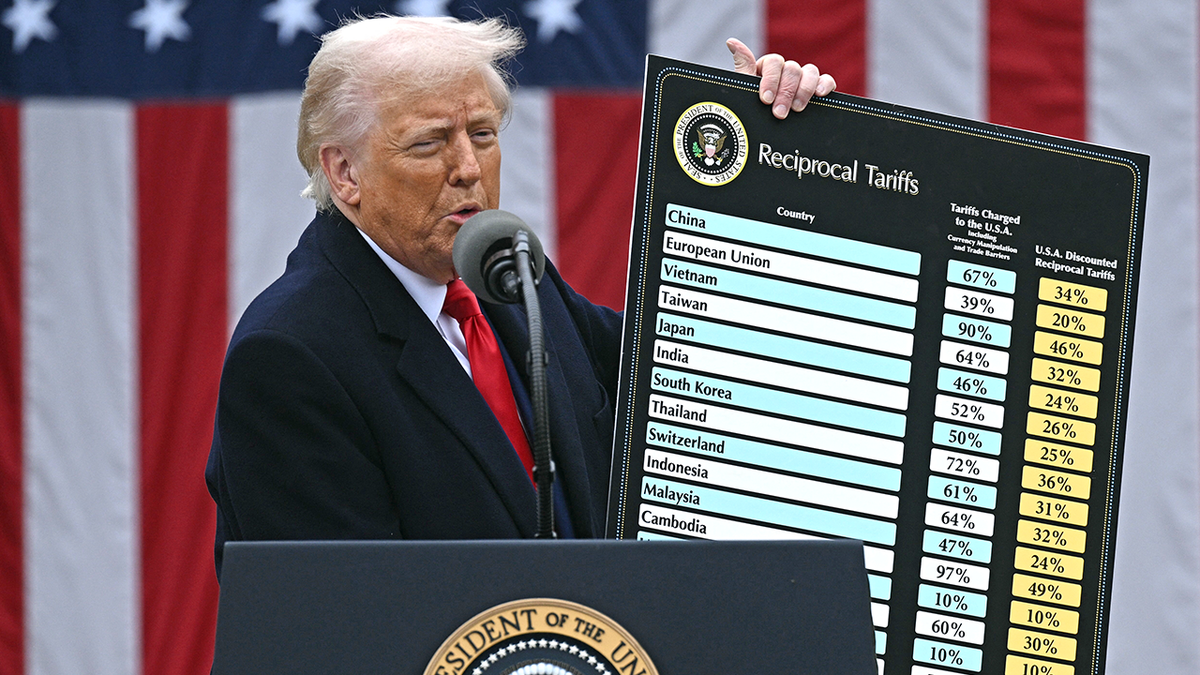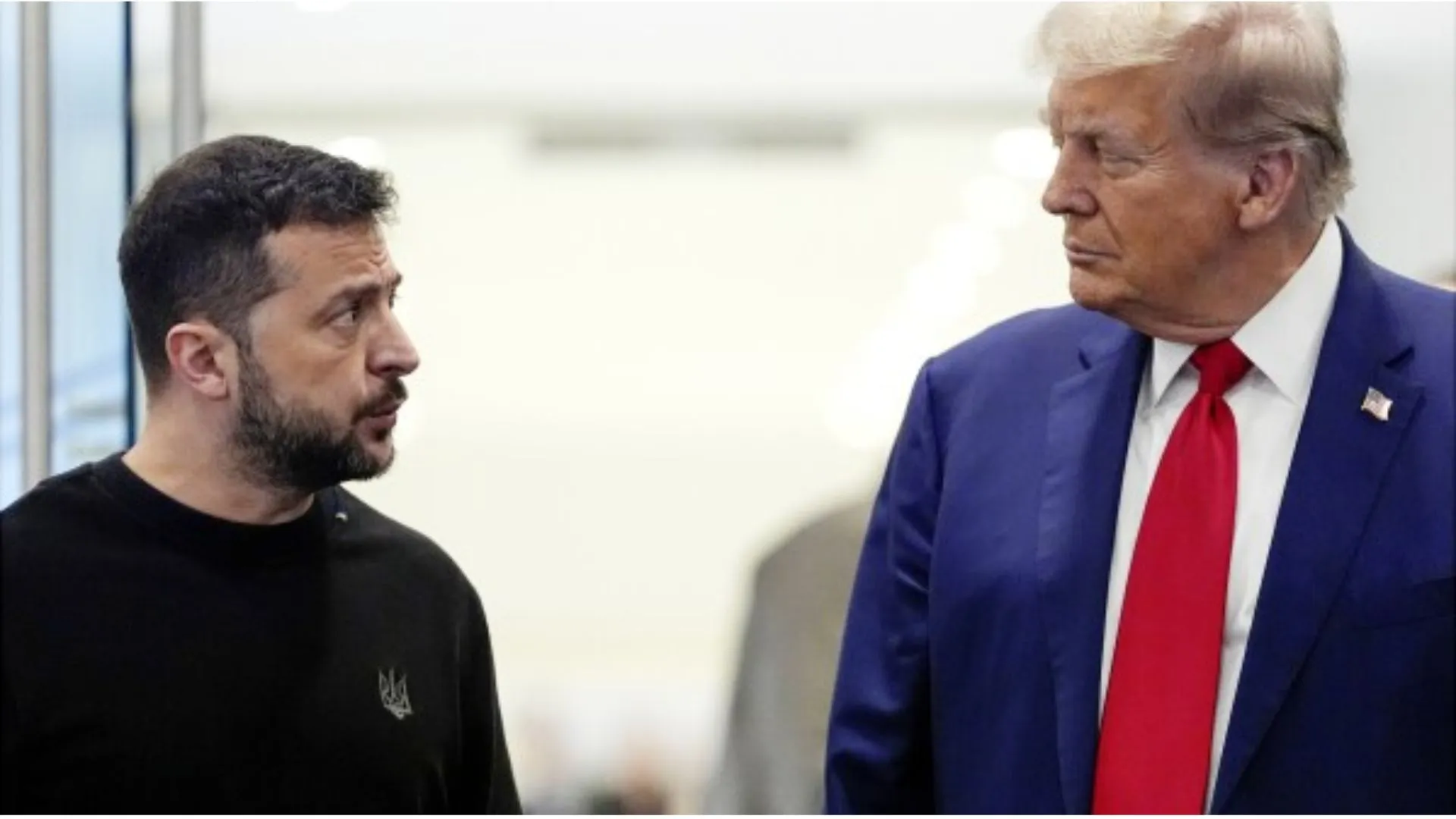In a move that has sent shockwaves through global markets and left some Republican lawmakers publicly baffled, former President Donald Trump has imposed a steep 125% tariff on Chinese imports while simultaneously pausing reciprocal tariffs on other nations.
The decision has triggered both economic whiplash and political uncertainty, even among those within his own party.
One of those expressing concern is Sen. Ron Johnson (R-Wis.), who admitted he still doesn't fully grasp Trump’s overall trade strategy. “I still don’t know exactly what his total strategy is,” Johnson told CNN’s Manu Raju on Capitol Hill. “We know what his goal was … he wants reciprocity.”
Johnson’s candid remarks reflect a broader tension within the Republican Party, as lawmakers grapple with a populist trade policy that deviates from traditional conservative free-market principles while being sold under the banner of “America First.”
On Wednesday, Trump took to his Truth Social platform to announce that tariffs on Chinese goods would immediately rise to 125%. This represents one of the most aggressive tariff hikes in modern American history. It’s a move reminiscent of his first term in office when trade wars with China dominated headlines and investor anxiety.
“Based on the lack of respect that China has shown to the World’s Markets, I am hereby raising the Tariff charged to China by the United States of America to 125%, effective immediately,” Trump wrote.
“At some point, hopefully in the near future, China will realize that the days of ripping off the U.S.A., and other Countries, is no longer sustainable or acceptable.”
The post was met with swift reaction — both in terms of policy fallout and financial consequences.
Following the announcement, markets initially tumbled as investors braced for retaliation from China and increased costs for U.S. importers. However, just as quickly, Trump’s follow-up declaration — a 90-day pause on reciprocal tariffs targeting 60 other countries — sparked a market rally.
The Dow Jones Industrial Average surged by 2,000 points after the news of the tariff pause, temporarily easing investor fears that a full-scale trade war was imminent.
Still, the roller-coaster response underscores the fragility of the global economic landscape in the face of unpredictable policy changes from the former president, who is once again the presumptive Republican nominee for 2024.
Trump’s use of the word “reciprocity” — the idea that countries should treat U.S. exports the same way the U.S. treats theirs — is not new. It was a central tenet of his trade philosophy throughout his first term. However, critics say the application of the policy has often been inconsistent, reactive, and difficult to interpret.
For allies and adversaries alike, the lack of a coherent trade doctrine complicates negotiations. It also puts Republican lawmakers in a difficult position: defending a policy they may not fully understand or agree with, while remaining loyal to a figure who still commands immense influence over their voter base.
“I don’t know what the endgame is here yet,” Johnson added during the CNN interview — a phrase that encapsulates the mood on Capitol Hill among both moderates and fiscal hawks.
For decades, the Republican Party has championed free trade, with leaders like Ronald Reagan and George W. Bush advocating for reduced tariffs and expanded trade agreements. Trump’s rise, however, marked a dramatic shift. He embraced tariffs as a tool for rebalancing economic power — particularly with China — and reframed protectionist policies as a way to protect American workers and industries.
This approach gained traction with a significant segment of the GOP’s base, particularly in the Midwest and Rust Belt. But it also created a philosophical rift in the party — one that persists today.

Lawmakers like Johnson, who represent manufacturing-heavy states such as Wisconsin, are particularly vulnerable to trade fluctuations. Tariffs may boost certain domestic sectors in the short term but often come with longer-term costs, including higher prices for consumers and retaliatory measures that hurt exporters.
While Republicans are split, Democrats have responded with both criticism and caution. Many centrist Democrats support a tougher stance on China — especially in areas like intellectual property theft, trade imbalance, and supply chain resilience.
But they question the wisdom of sweeping tariffs without a strategic framework.
Senate Majority Leader Chuck Schumer (D-N.Y.) called the move “reckless,” saying, “Tariffs without a plan are like fireworks in a dry forest — loud, dangerous, and bound to backfire.”
Others worry that Trump’s tariff policy is being driven more by election-year theatrics than economic planning.
As of Thursday, China has not officially responded to the new 125% tariffs, though analysts expect some form of retaliation, either through counter-tariffs, currency manipulation, or restrictions on U.S. companies operating in China.
Previous trade confrontations between Washington and Beijing under Trump led to painful disruptions in global supply chains — particularly in technology and agriculture — with American farmers and tech firms bearing the brunt of the backlash.
There’s also the undeniable political subtext: Trump’s trade announcement comes amid a heated presidential campaign where he is positioning himself as the only candidate willing to stand up to China.
His messaging is calibrated to appeal to working-class voters who feel left behind by globalization — especially in swing states that may decide the outcome of the 2024 election. Tariffs, despite their economic drawbacks, serve as a symbolic flex of strength against foreign adversaries.
But experts warn that symbolism can’t substitute for strategy.
With markets lurching and policymakers guessing, Trump’s tariff play leaves more questions than answers. Is this the beginning of a new trade war? A calculated bluff? A distraction from other controversies?
For now, even members of his own party seem unsure.
As Sen. Johnson put it, “We don’t know what the endgame is.” And until that’s clear, both markets and voters are likely to remain on edge.





